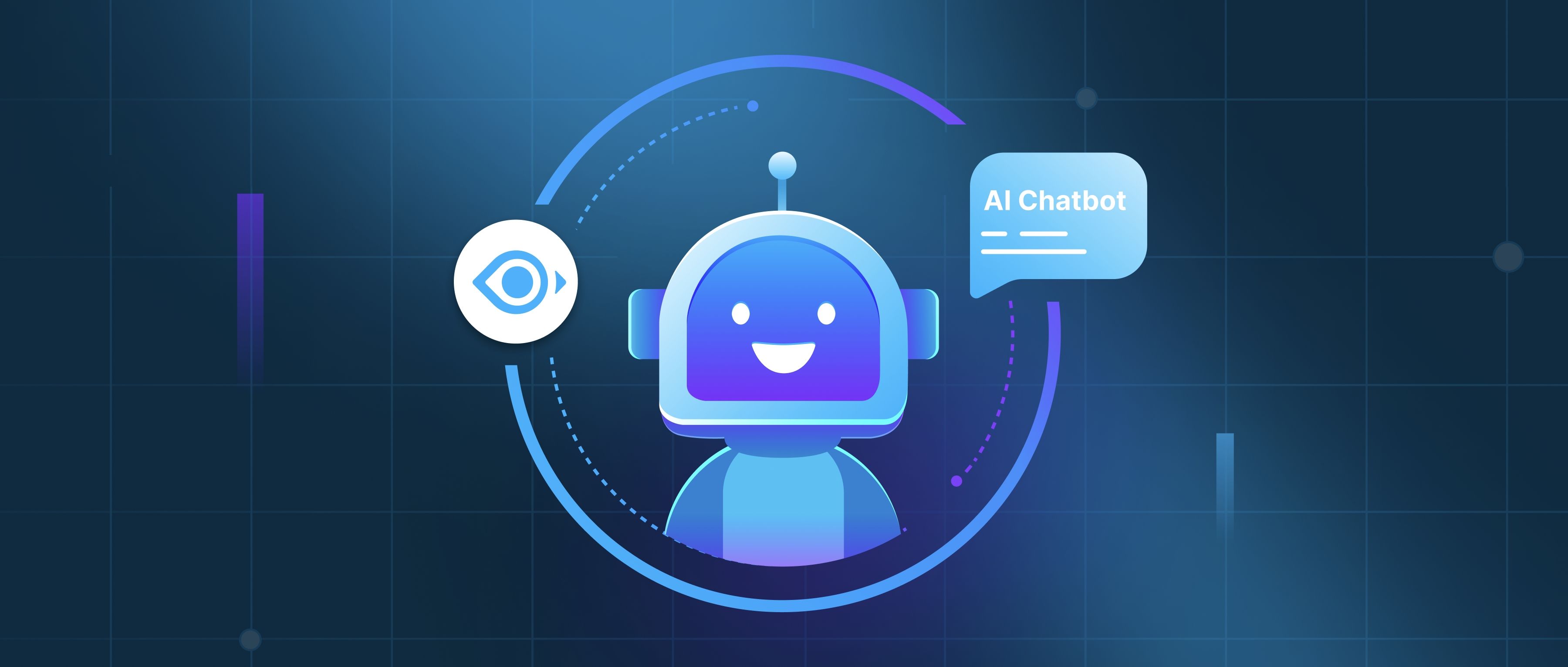The key components of an LLM include the transformer architecture, attention mechanisms, and embedding layers. The transformer architecture is the backbone of modern LLMs, enabling them to process text efficiently and capture long-range dependencies. This architecture consists of encoder and decoder layers that help the model understand and generate text.
Attention mechanisms, particularly self-attention, are critical to LLMs. They allow the model to focus on the most relevant parts of the input while processing a sentence or paragraph. For example, when analyzing "The cat sat on the mat, and it purred," attention mechanisms help the model link "it" to "cat."
Embedding layers transform words or tokens into dense vector representations. These vectors capture the meaning and relationships of words in a numerical format that the model can process. Together, these components enable LLMs to understand language, generate coherent responses, and perform tasks like summarization and translation effectively.
